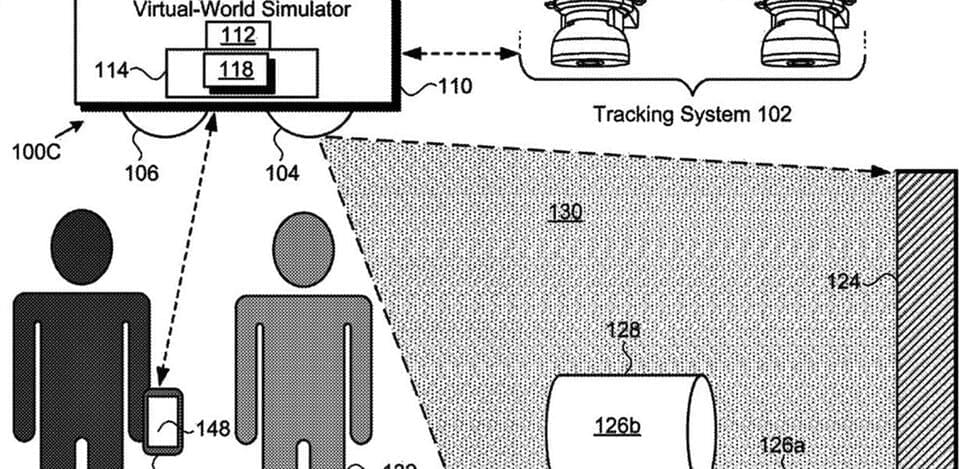Fittingbox’s Frame Removal uses diminished reality to help people pick out new eyeglasses — but the tech’s potential extends far beyond the bridge of your nose.
French company Fittingbox has just unveiled an app that uses a technology called “diminished reality” — the opposite of augmented reality (AR).
The app is designed to help shoppers pick out new eyeglasses, but the tech’s potential extends far beyond the bridge of your nose.
The challenge: Many eyeglass sellers now let you try on specs virtually — just pick a pair off a website, look into the camera on your phone or computer, and thanks to the magic of augmented reality (AR), you can see what the frames look like on your face.






